Grabenstr. 18
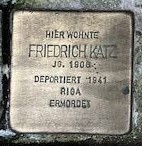
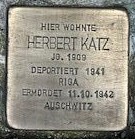
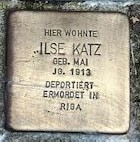
Spitalstr. 17
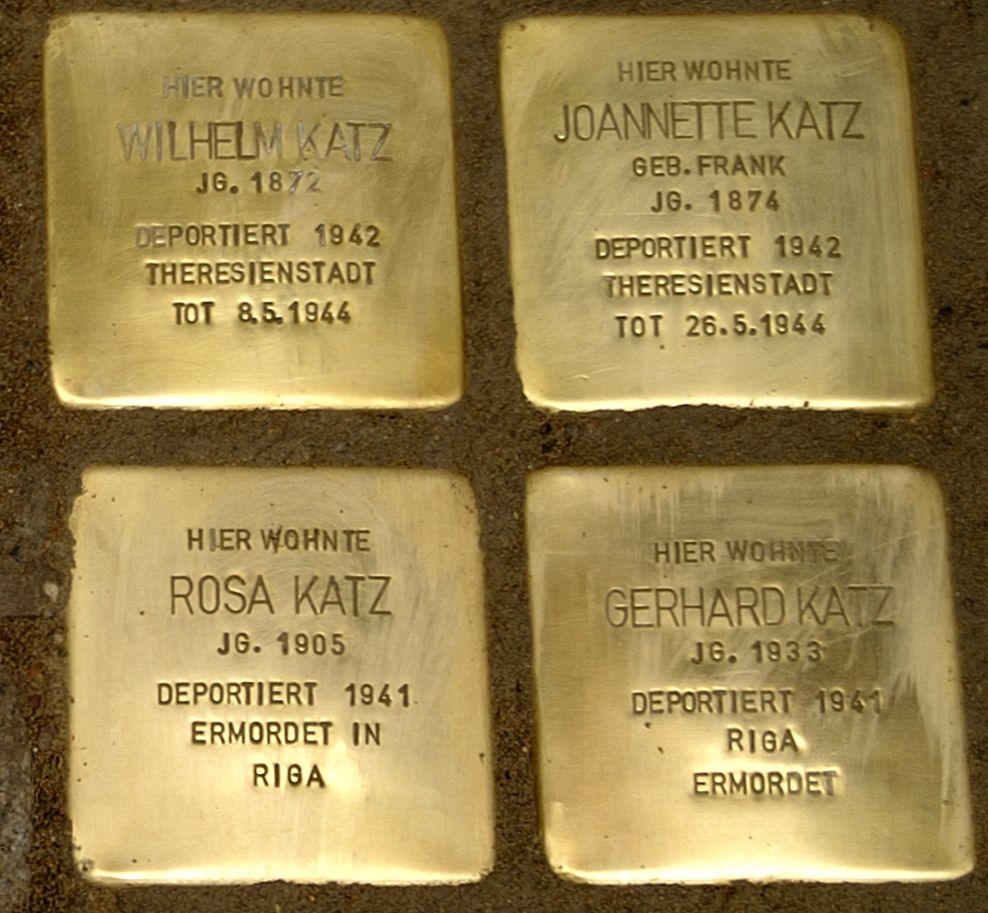
Gerhard Katz – Lost childhood
Eight happy children are looking into Berthold Auerbacher’s camera. The photographer is Inge Auerbacher’s father; Inge is the one wearing a striped hat. It wasn’t possible until just recently to identify all the children in the photograph. And so the only picture of Gerhard Katz has been found – he is the taller boy in the first row on the right. The picture was probably taken in the winter of 1940/41. Seven out of the eight children seen on the photo will only have about the coming year to live. Only Inge Auerbacher survived…
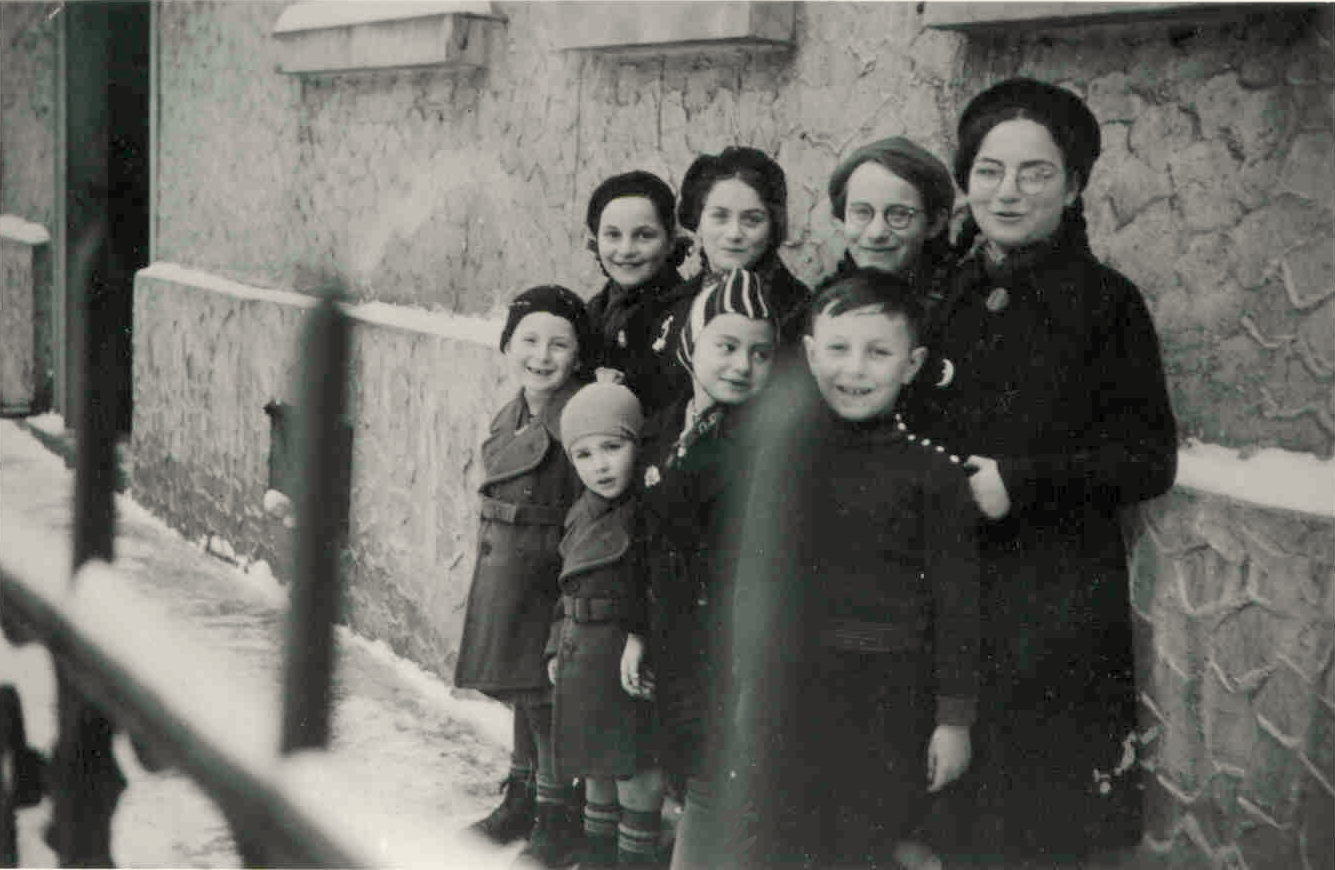
Gerhard Katz, born on 26th June 1933 and his mother Rosa Katz lived since September 1939 in Göppingen at Spitalstr. 17 in the house of Max Hirsch. Could the single mother shield her son from the suffering of the Nazi period? Jewish children had long been denied a “normal” childhood life with school attendance, fun in the outdoor pool and Maientag celebrations [= Göppingen Home and Children’s Festival]. The children in the photo had no choice but to meet each other as inconspicuously as possible, isolated within the “Arian” community. On one of these occasions the photo must have been taken. Inge Auerbacher still remembers Gerhard and is sure that he didn’t have to make the taxing trip to the Jewish school in Stuttgart like she had to.
Gerhard Katz was on documents mentioned as “half-Jewish”. What did he know about his father? Was his father aware about having a son? He is leaving not a single trace in any documents looked at.
The Katz´ – a butcher’s family from Palatine
Gerhard’s family was from the small town of Rodalben in the southwestern Pfalz region – as was his grandfather, Wilhelm Katz, born 1872, and Johannette, née Frank, born in 1874. There children were: Ludwig, born 1900, Emil, born 1904 – died in 1924, Rosa, born 1905, Friedrich (Fritz), born 1906, Herbert, born 1909.
In Rodalben Wilhelm Katz ran a butcher shop with his sons Fritz and Herbert in third generation. The house in which the shop was located belonged to the family. The sausage products (not kosher) were popular in town. A relative remembers: “But when the soccer club won, then they made the best sausage. If the club lost, then he [= Wilhelm] got sick, laid in his room with the heat on and coughed.”
Wilhelm Katz was probably somewhat grumpy, coupled with friendly generosity. Even in hard economic times and times of political distress, there was still always a slice of sausage for the children. His helpfulness within the poisoned atmosphere in town becomes clear in the following incident from 1936. There was a bus stop in front of the butcher´s shop and one day Herr Katz saw an acquaintance that stood and waited for the bus a long time. Worried about her he got her a chair from his house, so she could sit while waiting. She returned home that night to her appalled husband, a teacher, who cried about the scandal of sitting on a Jew’s chair – charges had been brought against her because of it!
The Nazi hate sheet “Der Eisenhammer” (Iron Hammer) in the Pfalz region was hostile to Jews in general and the Katz family in particular. In an edition from 1926 (!) the following headline appeared, “The morality butcher Katz”. In the text that followed:
“The `expert´ is currently preaching free love again, boldly ridicules the morals of German girls and thinks that aborting the fruit of the womb is absolutely ‘not sinful’. Now we also know why there are still enough ‘decent’ women and girls here who find the Jewish strumpets alluring…”.
The text doesn’t make it clear which male member of the Katz family was the supporter of the emancipatory views, probably one of the older sons. The outrageous insinuation that abortions are performed at Katz should not be addressed.
Herbert Katz: a power athlete
Herbert, the youngest son of Wilhelm and Johannette Katz was well known in town as an athlete. He was a member of the local weight-lifting club and even the southwestern champion. He supposedly pulled a prank on the doctor once by picking up one end of his car so that he couldn’t drive away. Did Herbert’s mother Johannette Katz, née Frank always approve of her ‘boys’ behaviour? Among the relatives she was seen as orthodox, but also as a kind-hearted soul.
At the beginning of 1936 the family sold the house and the butcher shop. The new owner allowed them to live there rent-free until the end of the year and after that they would be allowed to rent one of the floors. Statements in the reparation files however indicate that this agreement was not honoured and that the Katz family was pressed to move out.
Pogrom Night in Pirmasens, Expulsion
Johannette, Wilhelm, Fritz, Herbert, Rosa and Gerhard had since April 1937 the same address in Pirmasens. In the same year son Ludwig, who had stayed in Rodalben, and his wife emigrated to Philadelphia / Pennsylvania, USA where they were the only ones of the family surviving the Nazi period.
In Pirmasens the family went through the horror of the Pogrom Night. Fritz Katz was arrested and taken to Dachau Concentration Camp on 12th of November 1938. There he was arrested until the 10th of February 1939 – which was of unusual duration. Because of his being of age Wilhelm Katz was being spared from imprisonment. Herbert was lucky enough to be on tour the time he was being searched for. In the lists of the concentration camp his name is missing after all.
Before the impending war with France the civilian population of Pirmasens was evacuated and the Katz family was registered in Göppingen as of September 8, 1939. The parents and their sons found accommodation in the Oppenheimer family house at Grabenstrasse 18; Rosa and her son lived with Max Hirsch at Spitalstraße 17 – the same place where Wilhelm and Johannette later would move too. The family left very few traces in Göppingen which isn’t surprising given that a “don’t be conspicuous” had become a basic element of survival for the persecuted and a “don’t look” for the bystanders.
Herbert and Ilse: Marriage in Göppingen, deported to Gurs, murdered in the Auschwitz extermination camp
One important event in the life of Herbert Katz however is documented: On April 12, 1940 he married the tailor Ilse Henriette Mai in the Goeppingen registry office. Ilse was not a citizen of Goeppingen, she came from Wallhalben that is not far from Rodalben. After their marriage she lived with Herbert in Grabenstrasse 18.
Later, the date is not available, Herbert and Ilse returned from Goeppingen to Ilse’s hometown Wallhalben but remained registered in Göppingen – no wonder, as the Nazis forbade the Jews of the Palatinate to return to their homes. From there – or rather from the part of the village Oberhausen – they were part of the great deportation of Baden and Saarpfalz Jews on October 20, 1940 and deported to the Camp Gurs in south-west France.
The couple probably lived in the well-founded hope of escaping to the USA. They had a guarantor in the USA, Mr. van Sommeren, who had already paid for the ship passage from Marseille to New York. They also had a visa. Shortly before the visa expired, Herbert Katz fell ill and he and Ilse were unable to make the boat trip. A few days later, on April 26, 1942, Herbert was transferred from Gurs to the Les Milles camp; later, in August 1942, he was sent to the Drancy deportation camp, from where he was deported to the Auschwitz extermination camp on August 17, 1942.
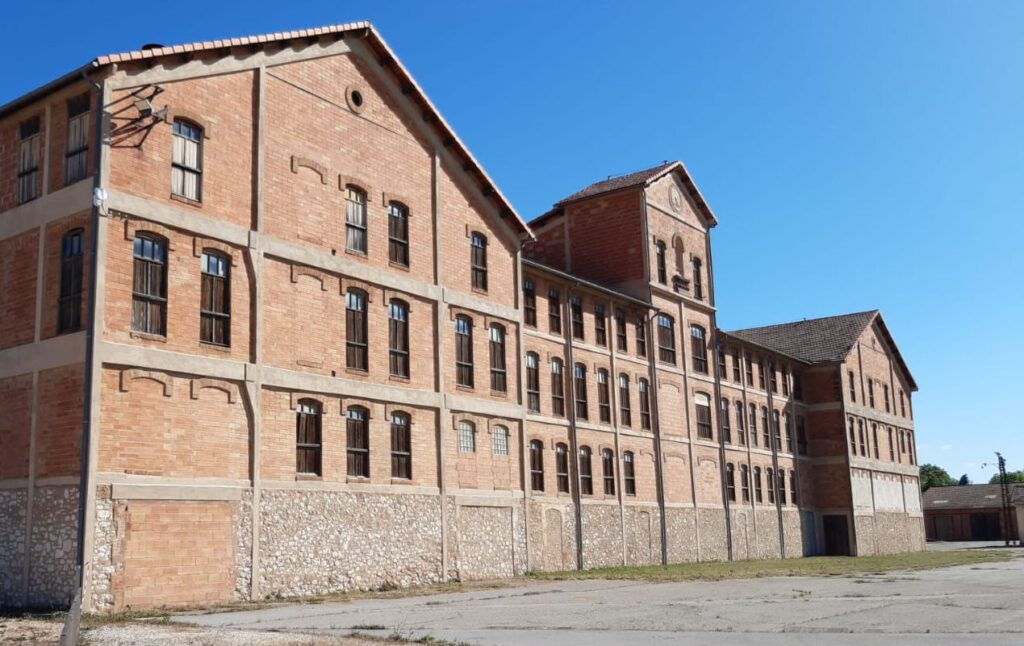
Ilse’s fate differs from that of her husband in that she was released from the Gurs camp and was then able to live in the Hotel Bompard in Marseille.
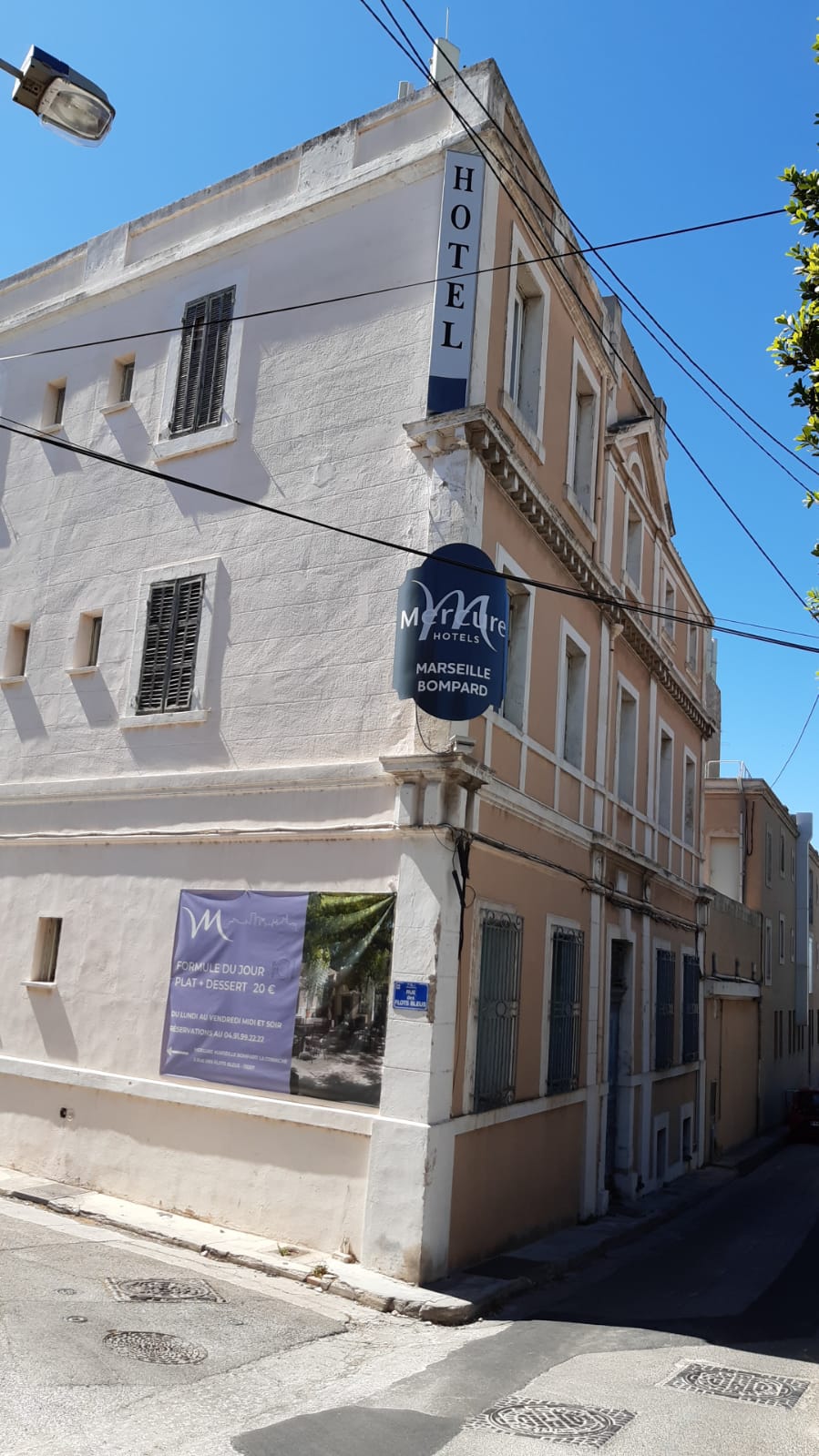
This disused hotel, like two others, served as a “transit camp” for interned women and children who were waiting for a visa to emigrate overseas. But Ilse’s fate was linked to Herbert’s and so nothing changed in her cruel fate: she too was deported to the Auschwitz extermination camp via the Drancy camp. Herbert was murdered in Auschwitz on October 11, 1942; the date of Ilse’s death is not known.
Riga/Jungfernhof – Theresienstadt
Rosa Katz an her son Gerhard were part of the first deportation from Göppingen on November 28, 1941, when they were hauled off to Riga and probably shot in the forest of Bikernieki. Presumably Fritz suffered the same fate.
The parents Wilhelm and Johannette, then childless lived on with Max Hirsch at Spitalstraße. After Max Hirsch was forced to move to the old-age-home Eschenau, the Katz’ had to leave the familiar apartment and found accommodation with the Geschmays at Metzgerstraße 16. Together with their landlord and landlady the old couple was deported to Theresienstadt on August 20, 1942. For agonizing 18 months the Katz’ had to eke out a miserable existence. On May 8, 1944 Wilhelm Katz died. His wife Johannette passed away two weeks later.
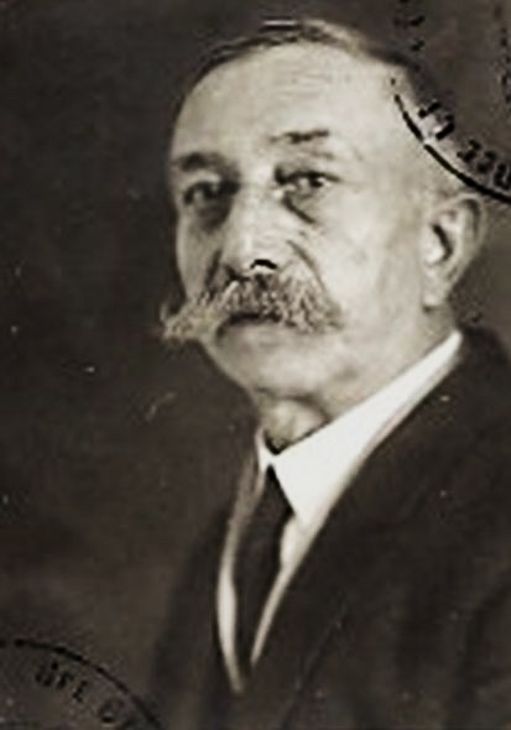
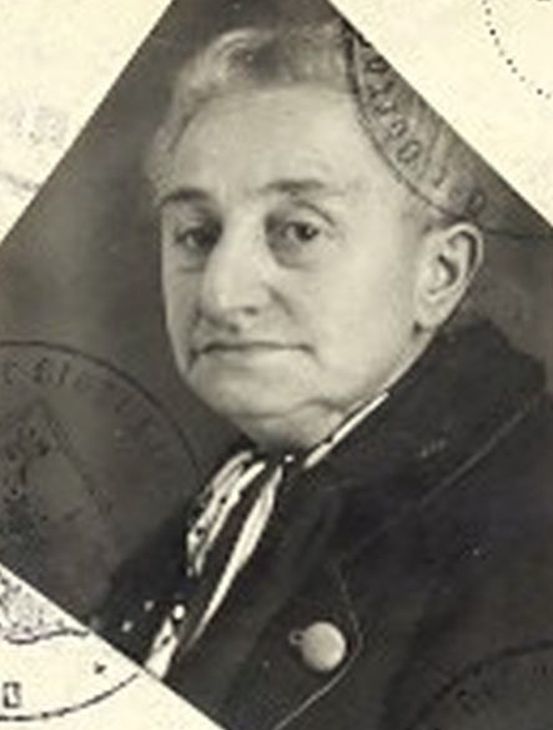
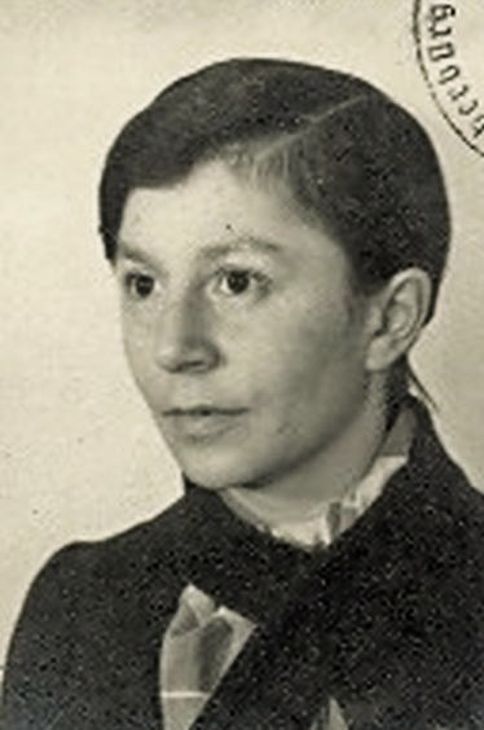

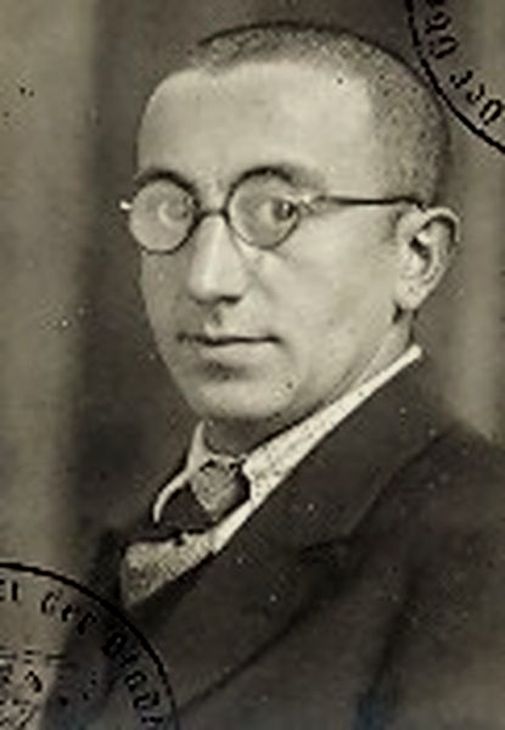
Many close relatives were murdered too: Jeannette’s sister Frieda Koch, Frieda’s husband Heinrich and their son Josef (Seppel), Johannette’s sister-in-law Flora Frank and her nieces Rosa Frank and Marianne Schwab. Ilse Katz’s mother Ida Reitmann was murdered in Auschwitz. Ludwig Katz, the only one of Wilhelm and Johannette’s children to survive the Nazi era, fled to the USA in 1937. Already in 1945 his wife Irma died; he himself died without leaving children behind in Philadelphia 1975. Gerhard Katz, the only grandson of Wilhelm and Johannette Katz, were murdered too.
We would like to thank local historian Peter Conrad for his research about the Katz family’s time in Rodalben and Pirmasens. Many thanks to Michael Zank as well, who shared personal memories of his family partly documented in the diaries of his mother Rosel Koch, a niece of Johannette Katz. We are grateful to the town of Pirmasens, allowing using the pass photos of the family members.
On May 1, 2010 Stumbling Stones were laid to commemorate Fritz, Herbert and Ilse in front of their former house at Grabenstraße 18. Stumbling Stones for Johannette, Rosa, Gerhard and Wilhelm Katz were being laid in front of the former house at Spitalstraße 17 on September 19, 2012.
(16.10.2020 kmr/pr)















Leave a Reply